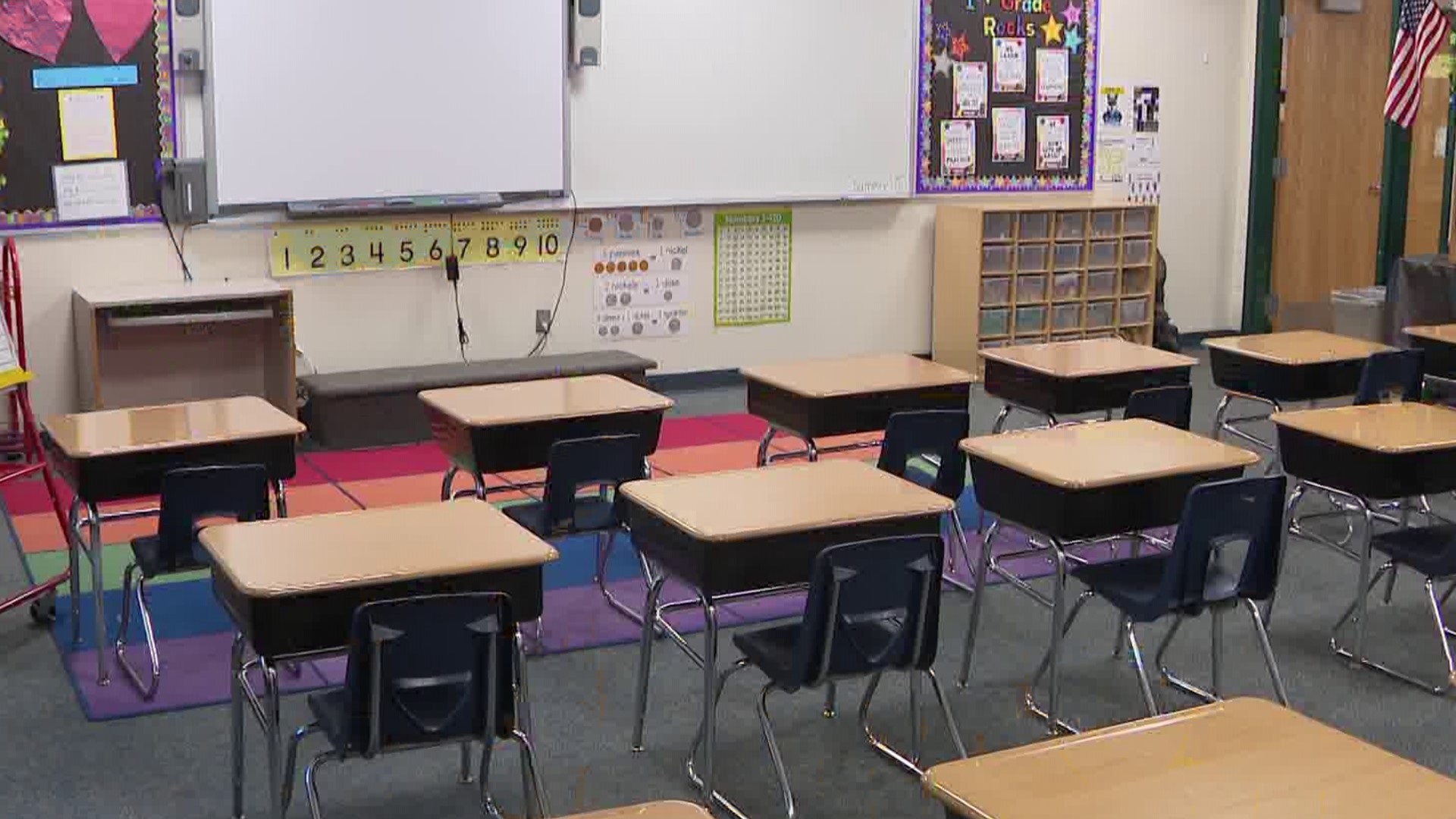MINNEAPOLIS — The Minnesota Department of Education of Education (MDE) has released scores from the 2023-24 Minnesota Comprehensive Assessments (MCAs) which indicate K-12 students across the state are holding their own in core subjects.
While the scores from individual districts and schools are available on an interactive report card, MDE says overall student scores remain steady for all students in reading, math and science. Results for student groups by race and ethnicity changed slightly, either up or down.
“We need all students to succeed and thrive in school,” said Department of Education Commissioner Willie Jett. “Statewide assessment and accountability data are an important part of a broader set of measures that tell our schools and families how students are doing and guide MDE in planning how to best support our school communities.”
MDE says one area that showed significant improvement was consistent attendance. North Star attendance data tracks the number of students who are attending at least 90% of the time and who are not chronically absent. Statewide consistent attendance rose to 74.5% of students attending at least 90% of the time in 2023, up from 69.8% in 2022.
Education advocates say the stagnant scores prove the greater community still has work to do to dramatically improve education for all students.
"There’s a sense of urgency that we need to address as a state," said Josh Crosson, executive director of EdAllies.
Crosson said that while the state has shown the ability to improve student attendance, leaders need to refine state policy and increase funding to bolster scores across the board and for all racial and ethnic groups. Already, Crosson predicts an increase in literacy scores based on the 2023 Minnesota Reading to Ensure Academic Development (READ) Act.
"I’m confident that we’re going to see increases improvements in our literacy gains over the next couple of years. But with that said, we don’t really have that for math," Crosson said, noting that it's in the community's collective best interest to support improvements for all students.
"How we provide for the most vulnerable in our community really shows the values of our community. It also reflects on what we’re able to do and accomplish in society," he said, adding: "Who’s going to be the next business leader in Minnesota? Who’s going to be the next worker in Minnesota? Who’s going to be able to earn enough to build that social security or social safety net for the next generation? You don’t have to have kids to know that you need security in the future, and investing in our education system provides everybody that security."
To find out how your child's school or district is performing and how scores break down among student groups, click here.

